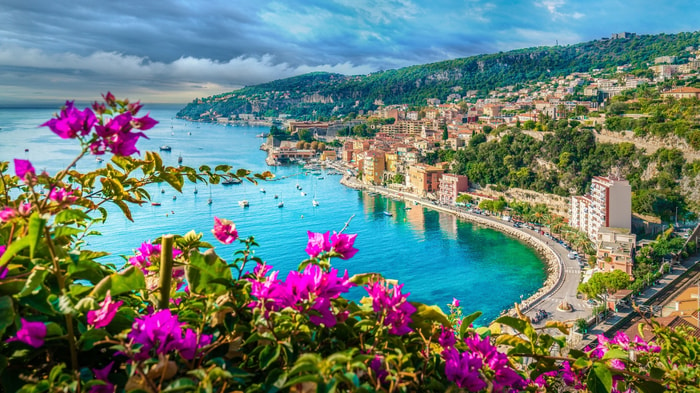Cosmopolitan Classics
Marella Discovery 2 ticks all the boxes when it comes to cruise holidays. It’s All Inclusive as standard, and flaunts a range of cabins that includes something for everyone, from fancy Royal Suites that come with separate living rooms, Family Suites that sleep up to seven, and Balcony Cabins that are spot-on for couples.
Marella Cruises – formerly Thomson Cruises - is to add a fifth ship to its fleet in 2023. Having parted with Marella Celebration and Marella Dream during the pandemic, the line is to acquire Mein Schiff Herz from the parent TUI Group and convert it into Marella Voyager.
The new addition, originally from the same Celebrity Cruises Century-Class as Marella Explorer and Explorer 2, will feature two new venues for Marella – a Mexican diner and a secret speakeasy bar.





Marella Discovery 2 ticks all the boxes when it comes to cruise holidays. It’s All Inclusive as standard, and flaunts a range of cabins that includes something for everyone, from fancy Royal Suites that come with separate living rooms, Family Suites that sleep up to seven, and Balcony Cabins that are spot-on for couples.
